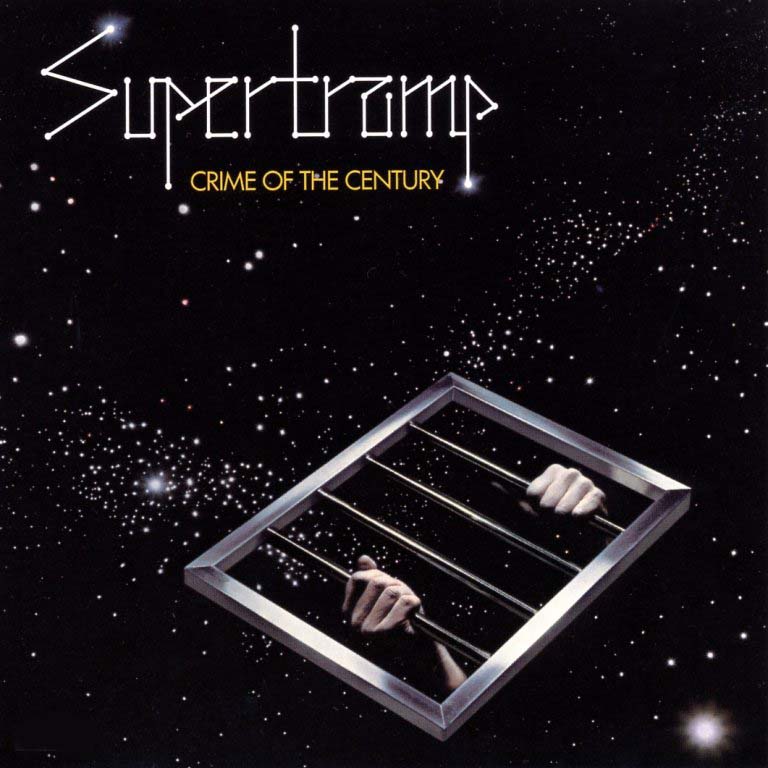The mid 90s coincided with my late teens and were a period of contrariness and of rebellion for me, though not in the cliched ‘railing against your parents and authority’ sense. Being bullied throughout my teenage years led me to rebelling against my own generation, rebelling against the idea of rebellion itself and confounding the expectations of my peers to the point where the vast majority of them started edging away with confused looks on their faces. Having thus been freed of peer pressure, I had carte blanche to explore the arts, cinema and music, without feeling the need to be informed about the same things my contemporaries were informed about. While I did have a knowledge of contemporary music, particularly the burgeoning Britpop scene, I also took great joy in raiding charity shops and car boot sales for 12 inch discs of vinyl by acts that my generation had unfairly dismissed (yeah, I had a record player a good ten years before my contemporaries – that’s how far ahead of the curve I was at the time!). It was in this manner that I obtained a pristine copy of Supertramp’s 1980 double live opus, Paris, and thus began my ongoing appreciation of the band formerly known as ‘Daddy’.
Twenty years later, my love of Supertramp and particularly the five albums that they released between 1974 and 1980 is something that I am genuinely proud of and I’m pleased that they are finally enjoying a re-assessment of their career prompted by some timely re-releases of their best albums. 2010 saw the release of a super-deluxe version of their 1979 best seller, Breakfast in America, which was hugely well received, but personally I’ve been waiting for the re-release of my personal favourite Supertramp album and their commercial breakthrough, the stunning Crime of the Century, which has finally received the multi-format, deluxe edition treatment, and is being released on 8 December.
I have always gravitated towards Crime of the Century more than any other Supertramp album. It seems their most focused release and their collective backs were certainly against the wall at the time of its recording. Having released a pair of albums which did little commercially, band leader Rick Davies and bass and guitar player Roger Hodgson had recruited a new line up (drummer Bob Siebenburg, bass player Bougie Thomson and multi-instrumentalist and live MC John Helliwell) and recorded a single, “Land Ho” which oozed promise, but failed to chart. Crime of the Century effectively represented the last throw of the dice for the band, but under pressure, and with the help of David Bowie co-producer Ken Scott, they delivered arguably the best album of their career.
Crime of the Century finds Hodgson’s songs of confused innocence blending with Davies’ more grounded material. Although the majority of Supertramp songs receive co-credit, both songwriters have retrospectively admitted that they more often than not worked on songs separately. This methodology worked though, as Hodgson’s lighter voice contrasted effectively with Davies’ more gravelly tones. Musically as well, the new line up hit upon a musical alchemy which found them bridging a gap between pop-rock and prog-rock and laying the groundwork for their later sound which delivered such huge success from them in America. With Davies’ electric piano to the fore, Helliwell’s woodwinds and Hodgson’s guitar work adding further textures and particularly Siebenburg’s drumming (not being a drummer myself, I’m not sure, but I think it’s his work on the toms that marks him apart from his percussion-focused contemporaries), Supertramp had a sound which uniquely among 70s rock bands, actually benefitted from the colder and more analytical sound which happened when their albums were re-released on CD.
Song wise, Crime of the Century finds Supertamp on top form. “Dreamer” and “Bloody Well Right” made for a great hit single, which contrasted with more proggy album cuts like “Rudy”, “Hide in Your Shell” and “Asylum”. There’s space for singalong moments too, with “If Everyone Was Listening” being perhaps the band’s most underrated moment. Best of all though was the Davies-penned title track, one of progressive rock’s greatest closing tracks and featuring perhaps the best use of a water-gong ever. Crime of the Century displayed Supertramp’s increased maturity and is crammed with memorable melodies and thoughtful lyrics.

The multi-format 40th Anniversary edition contains the classic original album, is given a sonic polish by Ray Staff at Air Studios, and features a second disc features their 1975 Hammersmith Odeon concert, mixed from the original tapes by original on-the-night engineer Ken Scott, capturing the band on the verge of stardom, showcasing all of Crime of the Century, and also previewing tracks from the then-as-yet-unreleased follow-up, Crisis? What Crisis?
The 2-CD package comes with a 24-page booklet of photographs, and a new essay and contains new interviews with Dougie Thomson, John Helliwell, Ken Scott, Bob Siebenberg, and Roger Hodgson. The album is also re-released in single CD, LP and digital formats. The jewel of the re-release campaign is the heavyweight vinyl set in a beautiful box set, cut by Ray Staff, featuring all the material of the two CDs across three 180gm LPs, with an eight-page album-sized booklet, download card, and two 10×8 prints. After twenty years as a Supertamp fan, I can say that this is the version of Crime of the Century we’ve all been waiting for.














No Comment